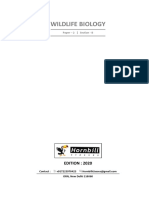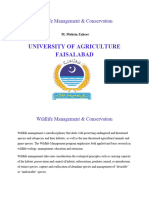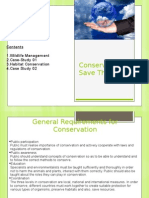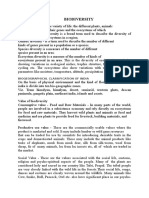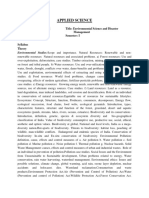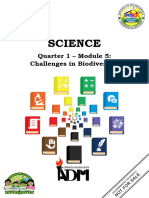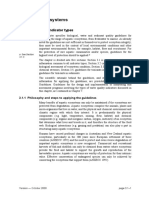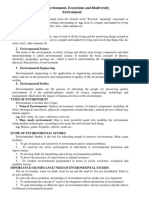0% found this document useful (0 votes)
42 views12 pagesAssignment of Wildlife Assignment
The document outlines key concepts in wildlife ecology and management, including definitions of wildlife, wildlife management, and conservation. It discusses manipulative versus custodial management approaches, habitat fragmentation, ecological requirements for wildlife populations, and major threats to wildlife in Ethiopia. Additionally, it differentiates between national parks, sanctuaries, and wildlife reserves, and describes various wildlife inventory and monitoring techniques.
Uploaded by
Ibsa AbdiCopyright
© © All Rights Reserved
We take content rights seriously. If you suspect this is your content, claim it here.
Available Formats
Download as DOC, PDF, TXT or read online on Scribd
0% found this document useful (0 votes)
42 views12 pagesAssignment of Wildlife Assignment
The document outlines key concepts in wildlife ecology and management, including definitions of wildlife, wildlife management, and conservation. It discusses manipulative versus custodial management approaches, habitat fragmentation, ecological requirements for wildlife populations, and major threats to wildlife in Ethiopia. Additionally, it differentiates between national parks, sanctuaries, and wildlife reserves, and describes various wildlife inventory and monitoring techniques.
Uploaded by
Ibsa AbdiCopyright
© © All Rights Reserved
We take content rights seriously. If you suspect this is your content, claim it here.
Available Formats
Download as DOC, PDF, TXT or read online on Scribd
/ 12







